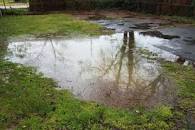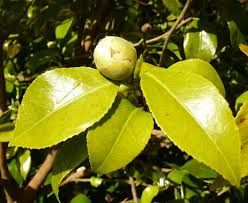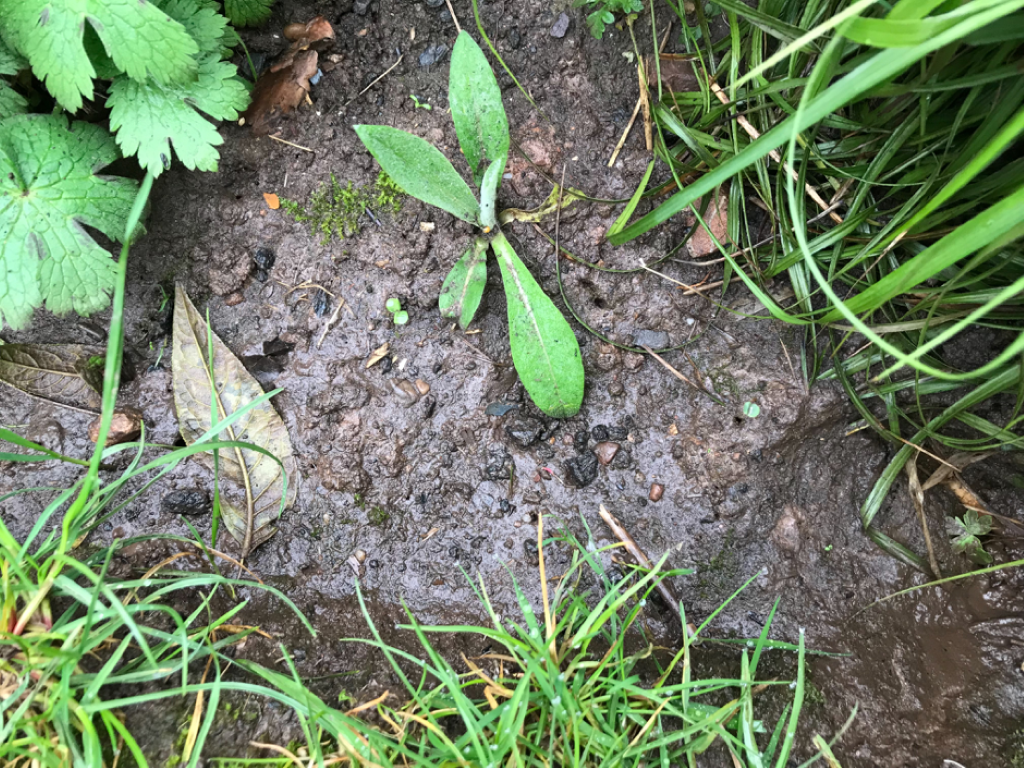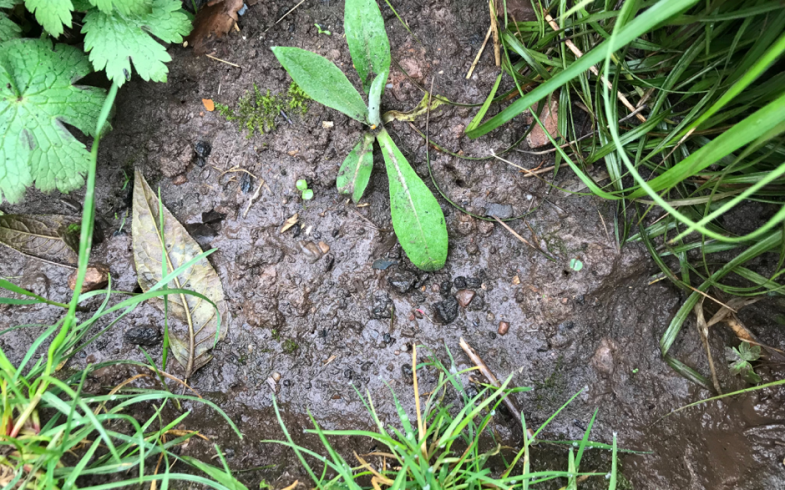Understanding your Soil
So many of us see the brown matter surrounding our plants, but how many of us regard is as being sacred? We do take our soil for granted. This winter has been exceedingly difficult.
If you live in the countryside you will notice alot of run off from the fields which means nutrients have been lost, as there are large clumps of soil/mud being deposited off the tractor treds. Also, our gardens have experienced the same sort of thing by being so waterlogged with the rain just sitting on the surface of all our borders. You will find when you are digging, later on in the season, certain parts of the soil will be very sour and oxygen has not been able to enter into the soil. Due to the lack of oxygen, this pathway is described as anaerobic respiration. This is an important source of CO2 in soil respiration in waterlogged ecosystems where oxygen is scarce.

Many of us, as gardeners, don’t take alot of notice of our soil. Plants are very cle
ver at telling you what is wrong with them, i.e. yellowing of leaves and pest and disease show a weakness in the plant health due to nutrient difficiency.
How many of us measure the ph of our soil? Did you know, no two parts of the garden are the same? There are also many other ways to understand your soil, weeds will grow in different types of ph levels, this can be a clear indication of the nutrient content within the soil, i.e. if you have Urtica dioica (stinging nettles) it is a sure sign you have a very high content of nitrogen in the soil which is really good for leafy crops, however it is not good for root vegetables. Soil testing is very easy to do and you can buy kits.
An indicator that your soil may be acidic, is lack of worms that aerate the soil. Another is the plants that may be growing, for instance Camelia, Rhododendrons and Azelias enjoy their feet being in acid soil.
If you are planning to work on your garden in the next few weeks, the ground will be very heavy to work. Some people like to work on a no dig principle, some people prefer to do this because it doesn’t destroy the soil structure as there are three layers to the structure – top soil is the most valuable and contains most of the nutrients, sub soil and bedrock. If the soil gets disturbed too regularly, you will lose valuable micro-organisms that support the soil structure. If you do work on the soil use tred boards to the work in the area to reduce compaction underfoot.
If you have a compost bin it is still not too late to add a good layer of well rotted compost, this is worth a weight in gold. This will aid the soil by the worms taking it down into the so
il and improving the structure and nutrients as well as warming up the soil quicker because of the compost being a dark matter.
I hope these hints and tips are useful, if you are still unsure Lady Horticulturist does offer a soil testing service.


